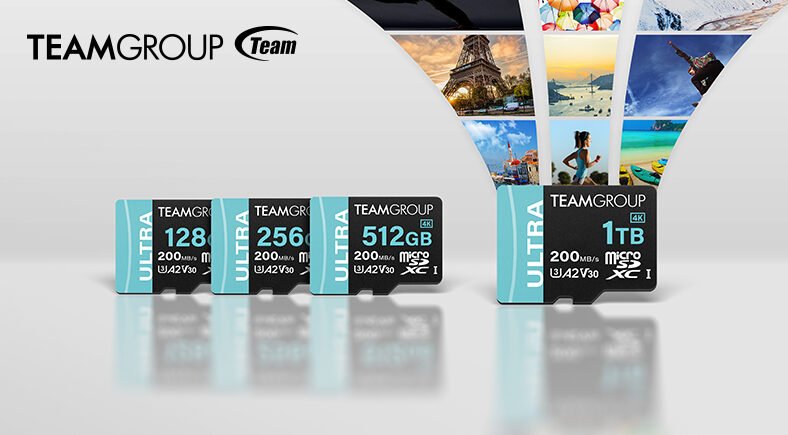
Intel has unveiled their 11th Gen Tiger Lake platform for the notebook segment. Intel revealed nine new chips which range from 7W to 15W and come with significantly higher boost speeds than prior-gen models. The Tiger lake chips also bring the new Iris Xe graphics engine to life.
The Intel Tiger Lake CPUs are based on the company’s latest 10nm++ SuperFin process node which offers improved performance efficiency than 10th Gen Ice Lake processors. The nine Tiger lake chips that have been announced will be divided into Core i3, Core i5, and Core i7 families. The SuperFin design leverages the FinFET architecture by delivering an improved gate process, additional gate pitch, and enhanced expiation source/drain.
SuperFin was developed by Intel to fix the inability to sustain high clock rates in the Sunny cove 10nm architecture. Now, Tiger lake will use Willow cove cores which doubles the bandwidth and shifts to a double ring architecture. The SuperFin process transistors feature a new thin barrier which decreases the interconnect resistance by about 30%.

Intel splits the Tiger Lake chips into UP3 (15W, formerly U-Series) and the UP4 (7.5W, formerly Y-Series) families. Like before, the TDP range is configurable meaning that the UP3 chips can span from 12 to 28W while UP4 chips can operate in a range of 7 to 14W. This allows the OEM manufacturers to tune the chips according to the thermal abilities of their chassis.
The Tiger Lake chips range from dual-core quad-thread models to quad-core eight-thread models. The Core i7-1185G7 is the flagship chip of the Tiger Lake. The i7-1185G7 has a base clock of 3.0 GHz which can boost to 4.8 GHz.
The processor comes with Xe LP graphics which runs at 1.35 GHz and has 96 EUs. Paired with Gen12’s improved IPC performance, Intel claims that this will provide up to twice the performance and improved power efficiency compared to the previous Gen11 graphics. The chip comes armed with 12MB of L3 cache and supports up to LPDDR4X-4266 RAM.
In the Tiger Lake platform, the two i3 processors, i3-1125G4 and i3-1115G4 will only support up to LPDDR4-3773, while the other models reach up to LPDDR4-4266. Intel is the first manufacturer to bring PCIe gen 4.0 to laptops. Intel also touts its ‘new’ support for integrated Thunderbolt 4 and USB 4, but it really is the same Thunderbolt 3 and USB 3 which will be able to hit max respective speeds.
We will have to wait and see how these processors perform as compared to AMD’s 4th Gen Renoir processors. But so far, it looks good for Intel.










